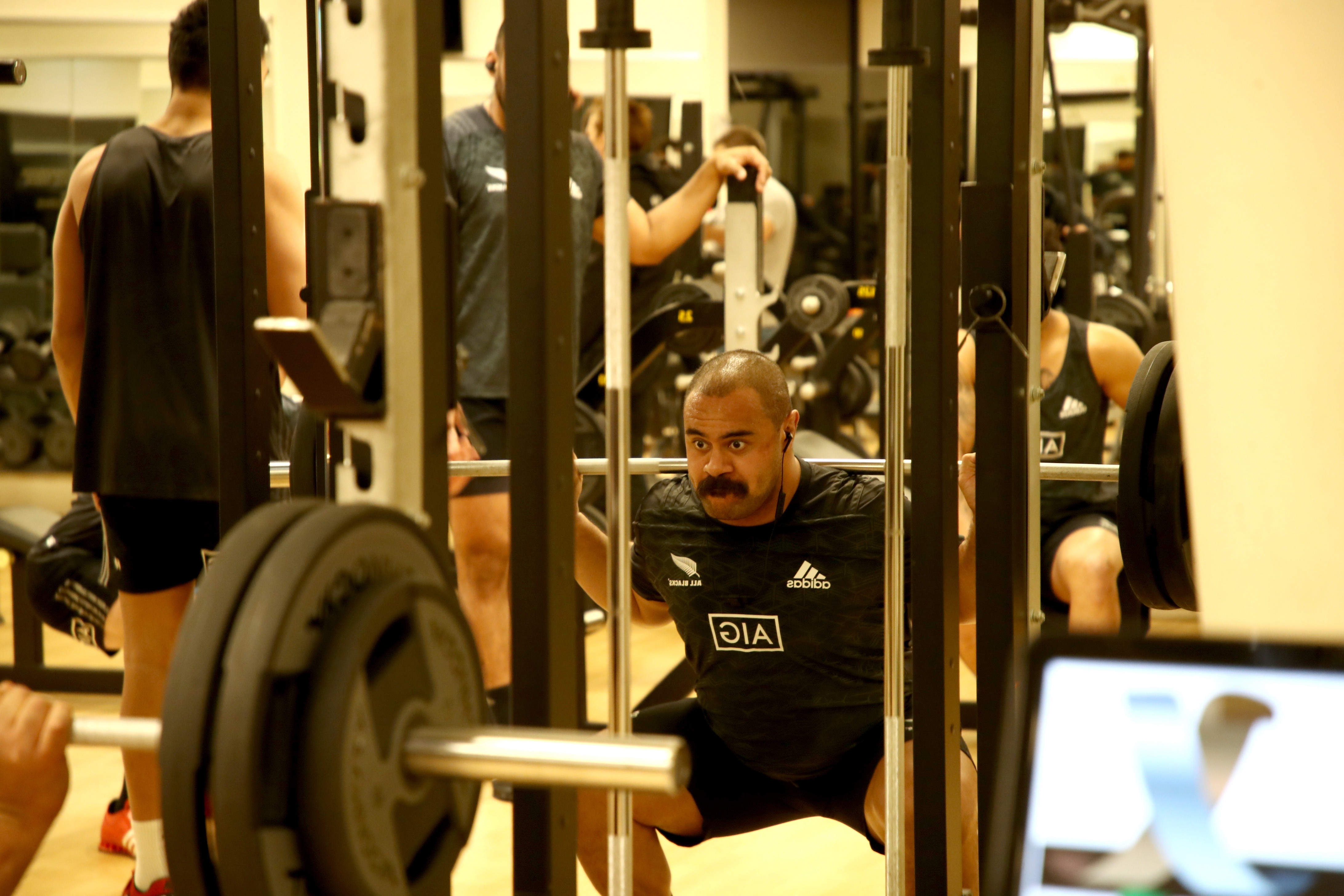Step outside your comfort zone with this ’10 by 10′ workout plan
German Volume Training (GVT) employs a 10 sets of 10 method which builds maximum muscle mass in a relatively short space of time. It’s brutal, but certainly worth sweating over.
GVT can also be used to support a variety of goals – whether you’re looking to bulk up, burn fat or compete in a sport such as MMA, football or rugby.
- You first need to work out your one rep maximum (1RM) on an exercise – and then take 70% of that.
- For example: if you’re benching 100kg for one rep, your German Volume Training weight would be 70kg.
- You have to complete all 10 sets of 10 reps with 70% of your 1RM.
It’s easier said than done.
Muscle building, fat burning
Unless you’re a complete newbie to the gym, gaining muscle mass whilst simultaneously losing fat is tricky. But German Volume Training brings both to the table.
With a high-volume, 10 sets of 10 workout, your muscles will respond by increasing in size. However, such a brutal muscle-building session is also extremely efficient at burning calories and boosting your fitness levels.
With a 10 sets of 10 German Volume Training workout, you don’t necessarily have to separate weight training and cardio. If you thought cardio had to be kept to those cold, dark mornings where you just want to stay in bed, then that’s not quite the case.
Selecting the most successful exercises
German Volume Training is best performed with compound exercises. These activate more than one muscle at once. Examples include:
- Bench Press
- Squat
- Deadlift
- Shoulder Press
Because these lifts call on multiple muscle fibres, they provide you with the biggest return from your time spent in the gym. GVT also recruits the biggest muscle fibres in your body.
If you don’t have the time to isolate each of the smaller muscles, this can slot into your routine to great success.
What does a German Volume Training workout look like?
Most German Volume Training routines adopt a weekly workout cycle. Here is an example week you may wish to try:
Day 1: Chest and Back
- Flat/Incline/Decline Bench Press: 10 sets x 10 reps
- Barbell Row: 10 sets x 10 reps
- Dumbbell/Cable Flyes: 3 sets x 10-12 reps
- Lat Pulldown: 3 sets x 10-12 reps
Day 2: Legs and Abs
- Barbell Squat: 10 sets x 10 reps
- Trap Bar Deadlift: 10 sets x 10 reps
- Hanging Leg Raises: 3 sets x 10-12 reps
- Calf Raises: 3 sets x 10-12 reps
Day 3: REST
Day 4: Arms and Shoulders
- Weighted Tricep Dips: 10 sets x 10 reps
- Preacher Curls: 10 sets x 10 reps
- Side Lateral Raises: 3 sets x 10-12 reps
Day 5: Start the GVT week again.
Training tips to remember
You should aim to complete all 100 reps, but if you find you’re struggling on the last few sets, reduce the weight.
For the 70kg bencher, this may may involve stripping the weight back to around 65kg – 67.5kg, and completing your sets with this new weight.
Biceps and triceps are relatively small muscle groups, so you don’t want to lift crazy weight on these exercises. If 10 by 10 is proving too much, shoot for 21s instead. With 21s, you split an exercise up into three parts (such as the top, middle and bottom portion of the bicep curl) and perform 7 reps on each section.
German Volume Training is a highly effective workout programme, but places high levels of stress on your body. The right recovery is essential. You’ll need to leave four or five days in between training the same muscle group.
Read more:
- A look inside the US Army’s gruelling new fitness test
- Dolph Lundgren and Florian Munteanu share their fitness tips
- Five of the worst fashion mistakes I made when I first started the gym
- Common exercise excuses and how to overcome them












































